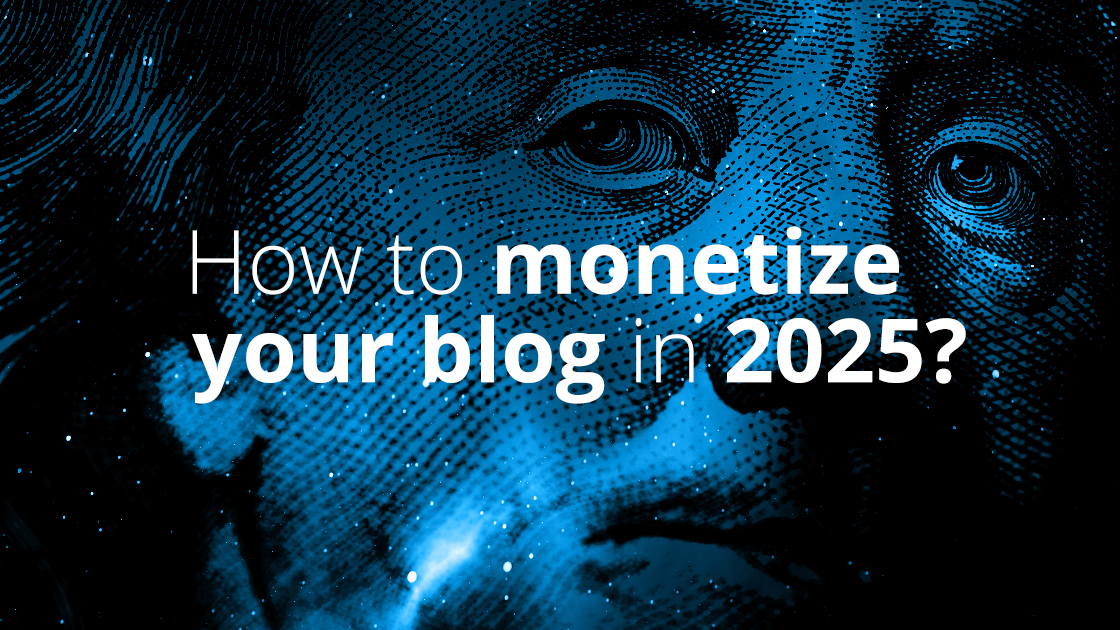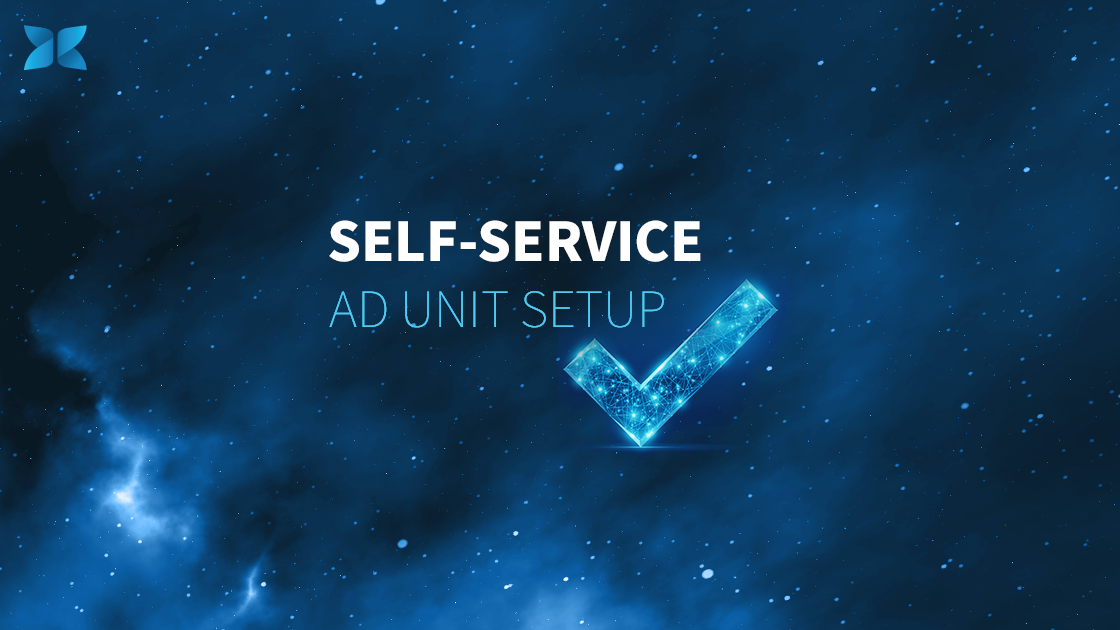Advertising has come a long way since its inception, with technological advancements continuously reshaping the industry. Two significant approaches that have revolutionized the way ads are delivered and monetized are “Waterfall” and “Header Bidding.” Both methods aim to optimize revenue for publishers and enhance user experience, but they employ different strategies to achieve these goals. In this blog post, we’ll delve into the history and key differences between waterfall and header bidding advertising.
The Waterfall Model
The waterfall model traces its roots back to the early days of online advertising when the internet was still in its nascent stages. During this era, ad inventory was relatively limited, and publishers worked with a few ad networks to fill their available spaces. The waterfall model operates on a hierarchical approach, where ad requests are sent sequentially to a predefined list of ad networks or demand partners.
The process begins with the publisher’s direct sales inventory at the top, and if an ad request is not filled, it trickles down to the next ad network in the waterfall. This continues until an ad is successfully served, or the request exhausts all the networks. The primary drawback of the waterfall model is its inefficiency in capturing the true market value of an ad impression, as it often leads to missed opportunities and reduced overall revenue for publishers.
Header Bidding: A Paradigm Shift
As the digital landscape evolved, publishers sought more efficient ways to monetize their ad space. This led to the development of header bidding, which marked a significant paradigm shift in the advertising industry. Unlike the sequential nature of waterfall, header bidding allows multiple demand sources to bid simultaneously for an ad impression, before it’s even called from the publisher’s ad server.
The implementation of header bidding is through an auction-like process. When a user visits a website with header bidding enabled, the publisher’s website header sends a request to various demand partners, including ad exchanges, ad networks, and SSPs (Supply-Side Platforms). These partners then submit their bids for the ad space in real-time. The highest bid wins, and the winning ad is promptly displayed when the page loads.
Waterfall vs. Header Bidding: Key Differences
Auction Model:
- Waterfall: Uses a sequential and hierarchical approach where demand partners are prioritized, and only if the higher-priority partner fails to fill the ad slot does the request move down the waterfall to lower-priority partners.
- Header Bidding: Employs a simultaneous auction model, allowing multiple demand partners to bid in real-time for the same ad impression, ensuring that the highest paying bid wins.
Latency:
- Waterfall: Tends to suffer from higher latency as the ad request moves sequentially through various demand partners, causing potential delays in ad serving.
- Header Bidding: Reduces latency by enabling parallel bidding, resulting in faster ad delivery and an improved user experience.
Yield Optimization:
- Waterfall: Often leads to lower overall revenue for publishers as it may prioritize less valuable ads over potentially higher-paying ones.
- Header Bidding: Maximizes revenue potential by facilitating fair competition among demand sources, allowing publishers to capture the true market value of each ad impression.
Demand Partner Control:
- Waterfall: Provides publishers with more control over the prioritization of demand partners, but it can be cumbersome to manage and may lead to suboptimal results.
- Header Bidding: Offers more transparency and control, as publishers can add or remove demand partners easily, optimizing their ad inventory in real-time.
The history of advertising has been characterized by continuous innovation and evolution. The transition from the traditional waterfall model to the modern header bidding approach reflects the industry’s determination to enhance ad monetization and user experience. Header bidding’s simultaneous auction mechanism, reduced latency, and improved yield optimization have proven to be a game-changer for publishers, advertisers, and users alike.
While both waterfall and header bidding have their merits, it’s evident that header bidding represents a more sophisticated and efficient solution for the ever-changing digital advertising landscape. As technology continues to advance, we can expect further refinements and innovations in the advertising ecosystem, benefiting publishers, advertisers, and consumers in the process.
Would you like to know more? Are you interested in increasing the revenue from your site? Contact us - we can help you!
If you're already a member, and you have a question, contact our Customer Success Team. We will help you!






